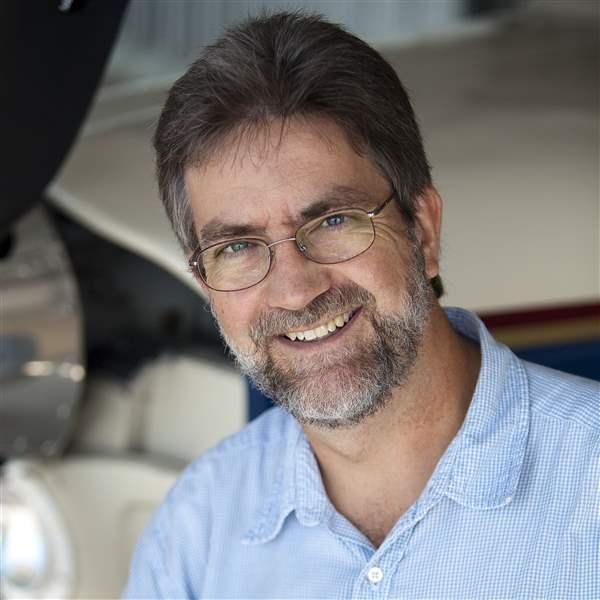Aviation safety was a focus of AOPA Day at Sun ’n Fun in Lakeland, Fla., on April 24. AOPA Air Safety Foundation President Bruce Landsberg presented a seminar, “Wrecks in the City,” Friday morning in the AOPA Pavilion.
The program focused on accidents that have caused injuries or fatalities to people on the ground.
“We’ve had no shortage of exemplary materials of late,” he said. “We’re averaging about four to five fatalities on the ground [each year]—last year was a little bit higher.”
Landsberg gave examples of what went wrong, and addressed the mass media perspective on the events. He also put the matter into perspective. “In 2005 there were 33 dog-bite fatalities, 43 people died from scalding in hot water, and there were 344 bathtub fatalities—the moral of that story is don’t take a bath. But of all the things that you might be concerned about, and that create risk, having an airplane fall on you really is very, very far down the list,” he said. “If you choose to put a building right off the end of a runway, the odds are a little bit higher, because that’s where airplanes are. That’s why good zoning is important.”
Landsberg said these “wrecks in the city” resulted from some unfortunately common causes, such as taking off without enough fuel in the aircraft, unporting a fuel line, or attempting to take off on an empty tank. Taking off with flaps in a landing configuration or with trim incorrectly set, also contributed. Some resulted from training gone awry.
“If you’re going to go practice, set the parameters with the instructor and make sure you have a very clear understanding of what’s going on.”
There’s a difference between problems and emergencies, Landsberg noted.
“Have you ever taken off with a seatbelt hanging out the door?” he asked the audience of about 100 people. A few hands went up. “It’s going to make a lot of noise, and may knock some paint off. But it’s not an emergency,” he said.
“Let’s talk a little about noise. We’ve heard quite a bit of it this morning,” he said. We can take steps to fly more quietly without compromising safety. “Some airplanes are noisier than others. Most of the noise comes from prop tips.”
First, Landsberg said, climb briskly to maneuvering altitude—this will reduce your noise footprint on the ground, and give you more options in the event of an engine failure. Then, bring the prop back to further reduce noise.
He left the audience with several thoughts.
- “Don’t fly lower than you absolutely have to,” he said. Think of congested areas as hostile terrain, because there are few safe places to land.
- Fuel is always important. The goal should be to have one hour of fuel remaining when you land. “We call this the ASF Golden Hour,” he said.
- Don’t rely on the aircraft in marginal weather.
- Be conservative with anticipated aircraft performance.
- Think about what you’re doing. “Do you have a contingency plan for every takeoff?” he challenged his audience.
- Practice. “We need to practice things we don’t do very often,” Landsberg concluded.

